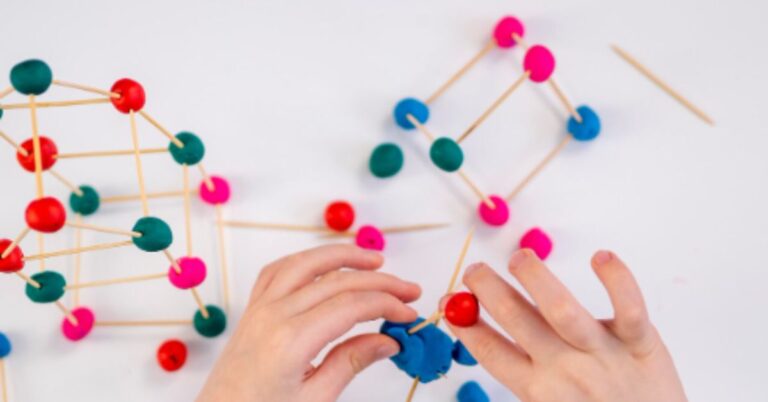Why Hands-On Learning Matters for First Graders
Hands-on learning plays a key role in helping first graders understand and retain new concepts. At this age, children benefit from actively engaging with materials, using their senses to explore, and connecting ideas through movement and creativity. Whether building with blocks, experimenting with water, or using art to tell stories, these activities support cognitive growth and make learning more meaningful.
Incorporating creative activities into the classroom or at home encourages curiosity and deeper thinking. Projects that combine storytelling, drawing, and collaboration—such as group book-making or class presentations—can be especially effective. Resources like Studentreasures.com offer ideas and tools that support this type of learning by allowing students to turn their work into lasting projects. Approaches like these can help first graders feel more invested in what they learn and confident in sharing their ideas.
Creative Activities That Spark Curiosity
Science in Action
First graders benefit from hands-on learning, encouraging them to ask questions and find answers through direct experience. Activities like sink or float experiments allow children to hypothesize, test, and observe immediate results, illustrating scientific concepts and teaching the basics of the scientific method. These activities are not limited to physical science, such as gardening, but also include simple experiments like mixing baking soda and vinegar or observing butterfly metamorphosis in the classroom. These activities build problem-solving skills and reinforce the idea that it’s okay to try, fail, and try again in a safe space.
Arts and Crafts for Expression
Artistic expression is crucial to any creative curriculum, allowing children to communicate ideas, feelings, and observations that words cannot express. First graders can engage in projects like designing animal habitats using shoeboxes and natural materials, combining factual research, design, and hands-on construction. Creative expression can include group murals, community helpers, collage making, paper chain patterns, and storyboards, fostering fine motor skills and spatial awareness. Repeated opportunities for hands-on art foster self-confidence and pride in the originality and effort of each creation.
Storytelling and Play-Based Learning
First graders can enhance their literacy skills through storytelling, role-play, and puppet theater. These activities allow them to interpret narratives in their own way, improving their vocabulary, comprehension, listening, sequencing, and public speaking skills. Curiosity-driven storytelling has a profound effect on reading comprehension and literacy growth. Play-based learning bridges the gap between play and academic content, providing imaginative, physical activities that help students remember new vocabulary and story structures, and creating opportunities for peer-to-peer teaching and mentoring.
The Role of Play in Academic Growth
Play is often underestimated in terms of its power to facilitate learning. When first-grade teachers integrate purposeful play into their instruction—such as math games with dice, group puzzles, or scavenger hunts—they unlock new levels of engagement and motivation. Through playful activities, children develop their ability to observe, compare, measure, and infer—all of which lay the groundwork for success in later grades.
Structured play also encourages flexibility in thinking and allows students to explore subjects at their own pace, accommodating differences in readiness and background knowledge. Teachers who blend hands-on play with curriculum objectives see greater gains in understanding, retention, and positive student attitudes toward schoolwork. It’s not uncommon for students who struggle with traditional worksheets to thrive when given a chance to move, touch, and play while learning.

